Top 7 Interesting Facts about Herman Melville
Herman Melville (1819–1891), who was raised in an affluent and well-connected family in New York City, decided to live an exciting life similar to that of his ... read more...Moby-Dick narrator Ishmael. He traveled to exotic locations and spent years at sea on whaling ships, but he also fought to become a successful novelist while providing for a big extended family. Toplist is delving into some interesting facts about Herman Melville in honor of his birthday on August 1.
-
The 1837 financial crisis made it difficult for young Melville to secure a long-term career. He made a lot of tries, but none of them were able to provide him with financial security. He made an effort to pursue careers as a field surveyor, a teacher, and a bank clerk.
He arrived in New Bedford in 1841 and, according to an interesting fact about Herman Melville, he enrolled for a whaling trip on the brand-new ship Acushnet. As the whaling industry's hub, New Bedford provided a wealth of chances for anyone looking to launch their careers in the industry.
Before enlisting in 1841 on the whaler Acushnet of New Bedford, Massachusetts, the world's whaling capital at the time, he worked as a bank clerk, teacher, land surveyor, crewman on a packet ship, and more. He worked on several different whalers before becoming the harpooner. His seafaring exploits served as the inspiration for Melville's examination of nature, morality, and man in Moby-Dick. A whale-ship was Melville's Yale College and Harvard, the character Ishmael states in that book.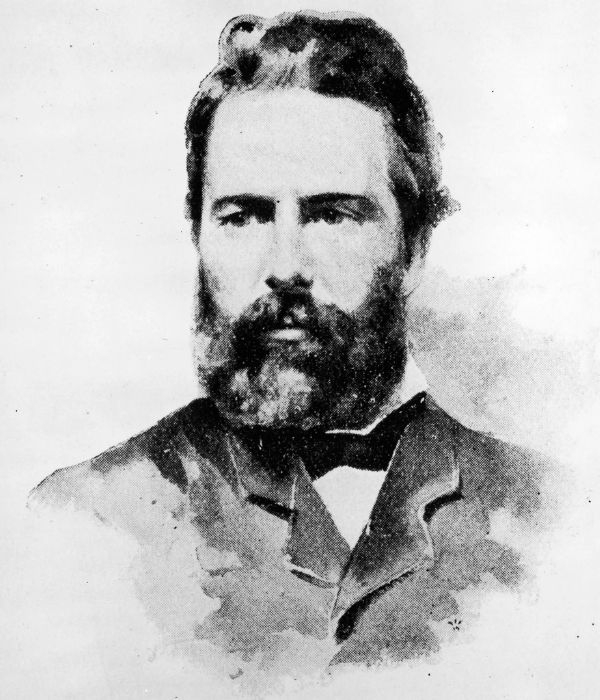
Photo: The New Yorker 
Photo: Dean2020 -
In 1850, Melville relocated to Pittsfield, Massachusetts. He had grown up in a wealthy New York family, witnessed his fortune go during the 1830s Panic, and spent three years at sea starting in 1841 which is one of the interesting facts about Herman Melville. He had sailed on the Acushnet, a New Bedford whaler, across Cape Horn, and hunted the Pacific Ocean's whaling grounds before jumping ship at the Marquesas Islands, close to Tahiti.
Due to tensions between Melville and the Acushnet's commander, when the ship arrived at the Marquesas Islands, Melville and a friend named Richard Tobias Greene hid in the jungles until the Acushnet left. They stayed with the Pacific Islanders for a month. Melville was impressed by the sophistication and tranquility of the Polynesians, who were generally thought to be cannibals by Europeans. Additionally, he discovered justification for criticizing European efforts to "civilize" the islanders by converting them to Christianity. Melville's first two books, Typee (1846) and Omoo (1847), which were instant successes, depended on his adventures in the South Pacific (1847).
There, he interacted with nymphs, and the outcome was Typee, his debut and best-selling book. Melville's literary reputation as a man who had "lived among the cannibals" was cemented by that work. Although none of his subsequent maritime stories, Omoo, Redburn, and White-Jacket, were as well-received as Typee, they were all published in the 1840s. The unfinished manuscript of Moby-Dick, a fictional account of his time aboard whaling vessels, was something he brought with him when he moved his family to the farm in Pittsfield.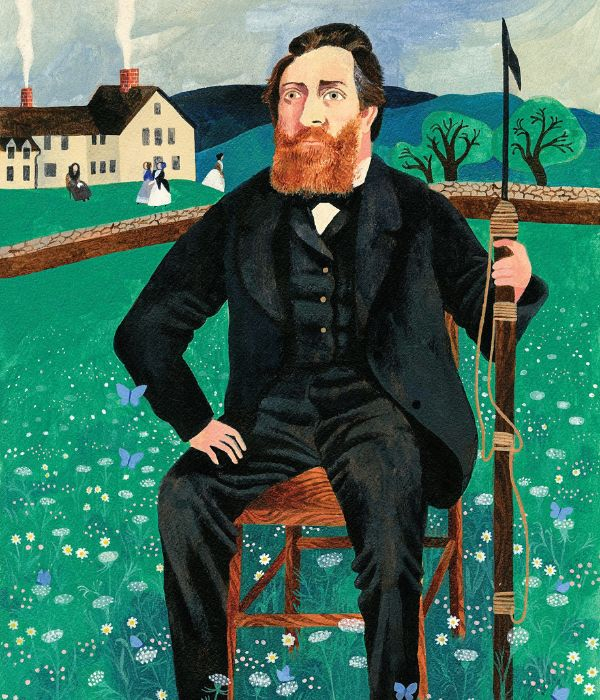
Photo: The New Yorker Photo: Lit Tips -
Melville had heard about a notorious shipwreck from the son of one of its survivors while he was on the Acushnet. The whaleship Essex of Nantucket was attacked and sunk in the middle of the Pacific Ocean in November 1820 by a huge sperm whale. Because they believed the locals ate them, its crew, who were left in three little boats with no food or water, decided to drift more than 4000 miles to South America rather than the 1200 miles to the Marquesas Islands, where Melville had had his paradise. Ironically, some of the castaways had to eat the corpses of their fellow sailors in order to survive.
Melville used the catastrophe to inspire the white whale's destruction of the Pequod of Nantucket in the book's climactic scene. The first time Melville went to Nantucket was only after the book was out. George Pollard, the captain of the Essex, who had survived the horrible experience and taken on the role of the town's night watchman, was personally interrogated by him. In a later essay, Melville stated, "To the islanders, he was a nobody - to me, the most magnificent man I ever encountered, tho' completely unassuming, even humble”.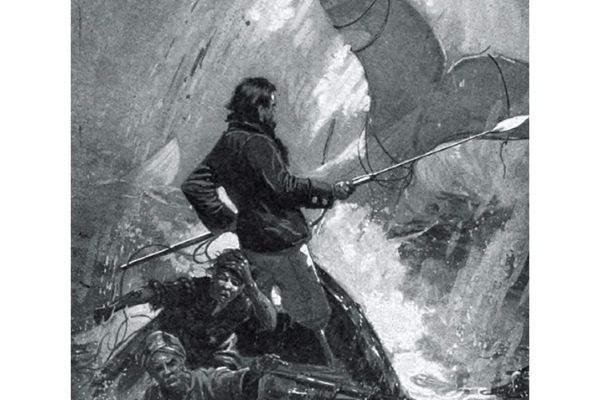
Photo: Cultura Genial 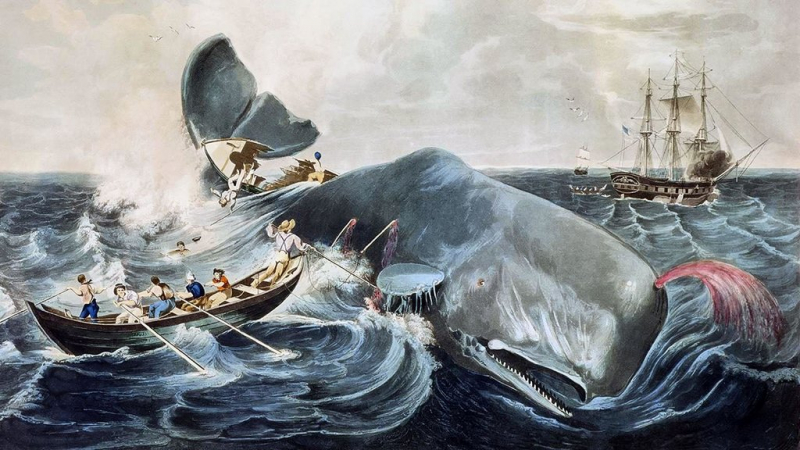
Photo: The New York Times -
Readers who were anticipating another exhilarating adventure like those in Melville's earlier works, Typee or Redburn, were bitterly let down by his masterpiece. In London newspapers, the British edition of Moby-Dick or The Whale received some favorable reviews, but American reviewers were astounded by its deep and subtle literary symbolism. According to the New York Albion, "There is no method in his craziness, and we must deem the major feature of the volume (Captain Ahab's character) a complete failure, and the work itself inartistic." The reviewer continued, comparing the novel's style to having oil, mustard, vinegar, and pepper served up as a dish rather than being administered scientifically.
161 years ago, public opinion was substantially different. Reviewers attacked "Moby Dick" when it first appeared in 1851. It wasn't even considered one of Melville's best works, according to many. The book "Moby Dick" narrates the tale of a seafarer named Ishmael. He ends up on a whaling ship captained by Captain Ahab, a man with a peg leg whose only goal is to find and kill the whale that amputated his leg. But Ahab's tenacity quickly turns to madness as they pursue the vicious Moby Dick.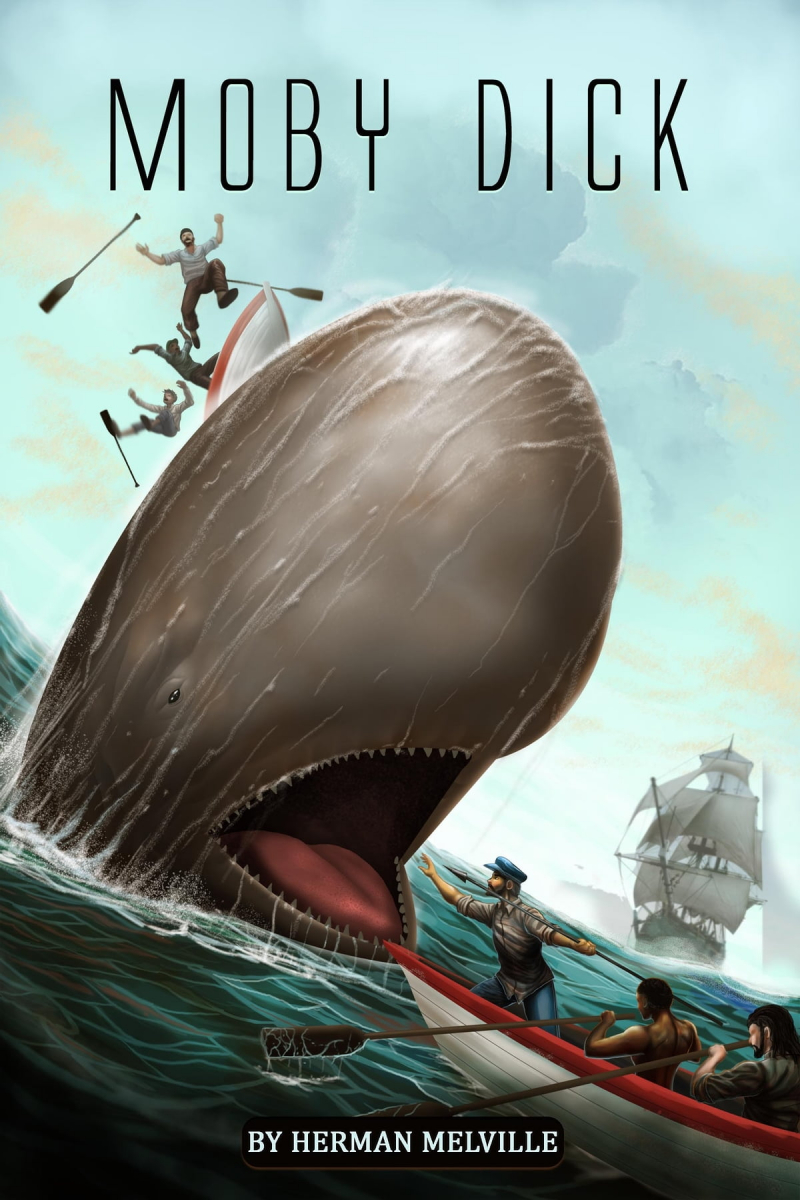
Photo: Rakuten Kobo Video: TED-Ed -
The center of Melville's family life and career moved to Arrowhead. Eventually, the comfortable farmhouse was home to him and Lizzie, their two boys and two daughters, his mother Maria, and his sisters Augusta, Helen, and Fanny. Nathaniel Hawthorne slept at Melville's house so frequently for a few years that he had a separate little bedroom off of Melville's study.
After Moby-Dick, Melville wrote numerous more works there, including the novels Pierre and The Confidence-Man, the collection The Piazza Tales, the short story "Bartleby the Scrivener," and many others. In his 1856 short novella "I and My Chimney," Melville memorialized the big central chimney that he had grown particularly fond of. This is one of the interesting facts about Herman Melville. But since Moby-Dick failed to gain a following, Melville's financial difficulties forced him to sell Arrowhead to his brother Allan in 1863. A few phrases from "I and My Chimney" were written on the chimney's stonework as a tribute by Allan, and they may still be seen today.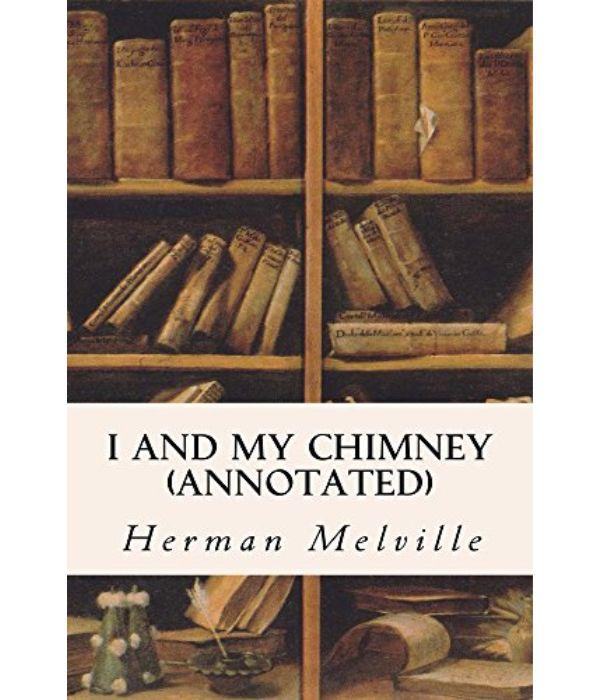
Photo: Amazon.com Video: Bruce Plourde -
The majority of Melville's books, which were mostly out of print by that point, had a resurgence of popularity on his 100th birthday. The first significant biography of Herman Melville was written by Columbia University literature professor Raymond Weaver in collaboration with the author's literary executor and granddaughter Eleanor Melville Metcalf. Eleanor provided access to the author's materials. In 1919, Weaver found the unfinished draft of Billy Budd in a tin breadbox while sorting through letters and papers. By the time of his passing in 1891, Melville had not finished the short story about a tragic sailor, which he had begun in 1888. Weaver revised the narrative and published it in 1924, but at first, she felt it was "not noteworthy." Billy Budd, according to some academics, was Melville's crowning achievement.
The sailor Billy Budd accidentally kills the demonic master-at-arms after being provoked by a false accusation. He is hanged while a mutiny is being threatened, accepting his death voluntarily. Billy's legacy continues to serve as a symbol of goodness since good has not completely won. Here is at least the tranquility of resignation, if not a declaration of complete reconciliation with life. The last date on the document is April 19, 1891. Melville passed away five months later. His life was neither pleasant nor prosperous in the conventional sense. He was one of the most well-known American authors by the end of the 1840s, but only one obituary was published in response to his passing.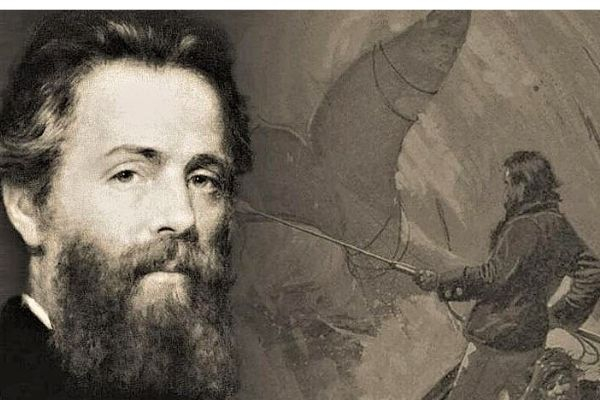
Photo: Diario10 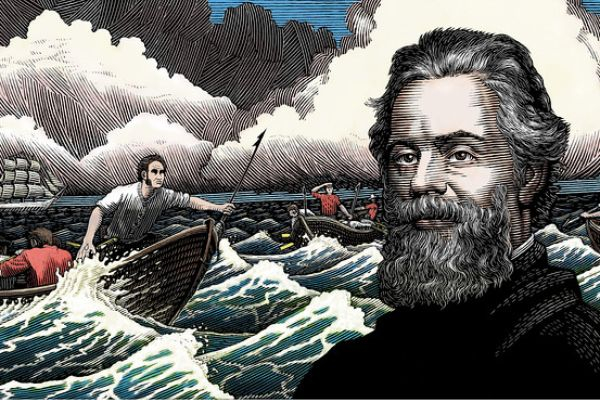
Photo: Wall Street Journal -
His first book, Typee, and its successor, Omoo (1847), were travelogues based on his interactions with the island's inhabitants. As a result of their success, he was able to marry Elizabeth Shaw, a Boston lawyer and the daughter of Lemuel Shaw. His first book, Mardi (1849), a romantic journey not based on his personal experiences, did not meet with much success.
In 1847, Elizabeth Shaw and Melville became engaged. Herman had already established himself as a writer by that point. He had a number of novels published. Both of them ended up being quite well-liked by readers, bringing their authors notoriety and financial security.
In 1847, Elizabeth Shaw and Melville became engaged. Herman had already established himself as a writer by that point. He had a number of novels published. Both of them ended up being quite well-liked by readers, bringing their authors notoriety and financial security.
Despite Melville's considerable fortune, Elizabeth's father rejected him when he came to formally seek Elizabeth her hand in marriage. The truth is that Allan Melvill and Lemuel Shaw were close friends. The family's bond persisted even after Melville passed away.
Lemuel Shaw's defiance had little effect on Melville. Two more times, he asked for Elizabeth's hand. He was able to secure approval. In August 1847, Herman Melville and Elizabeth Shaw were legally wed. They had four kids.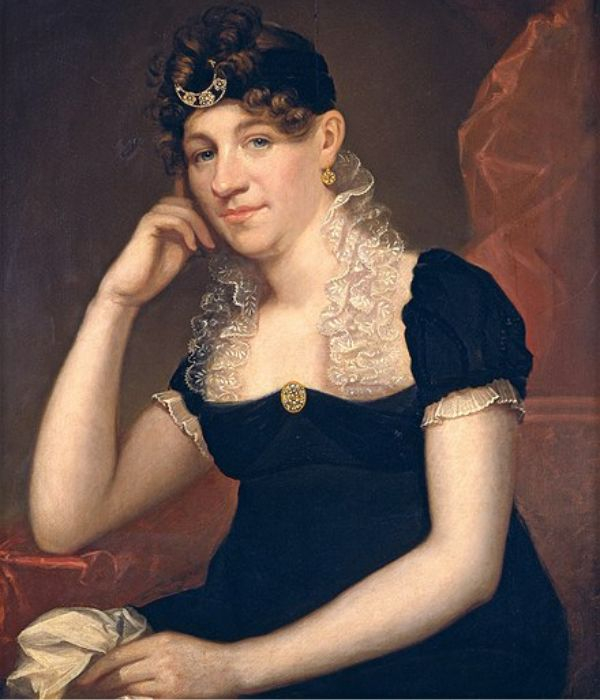
Photo: Wikiwand 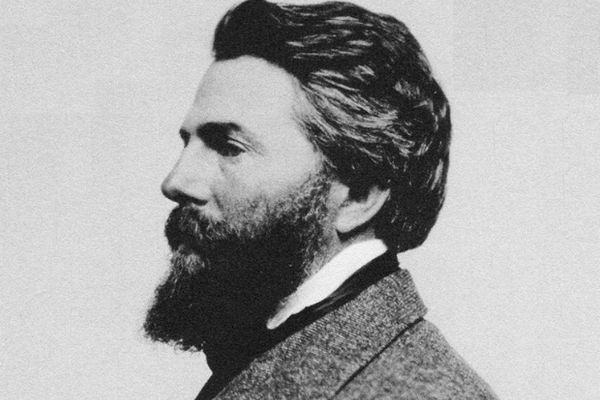
Photo: Steve Newman Writer - Medium




























